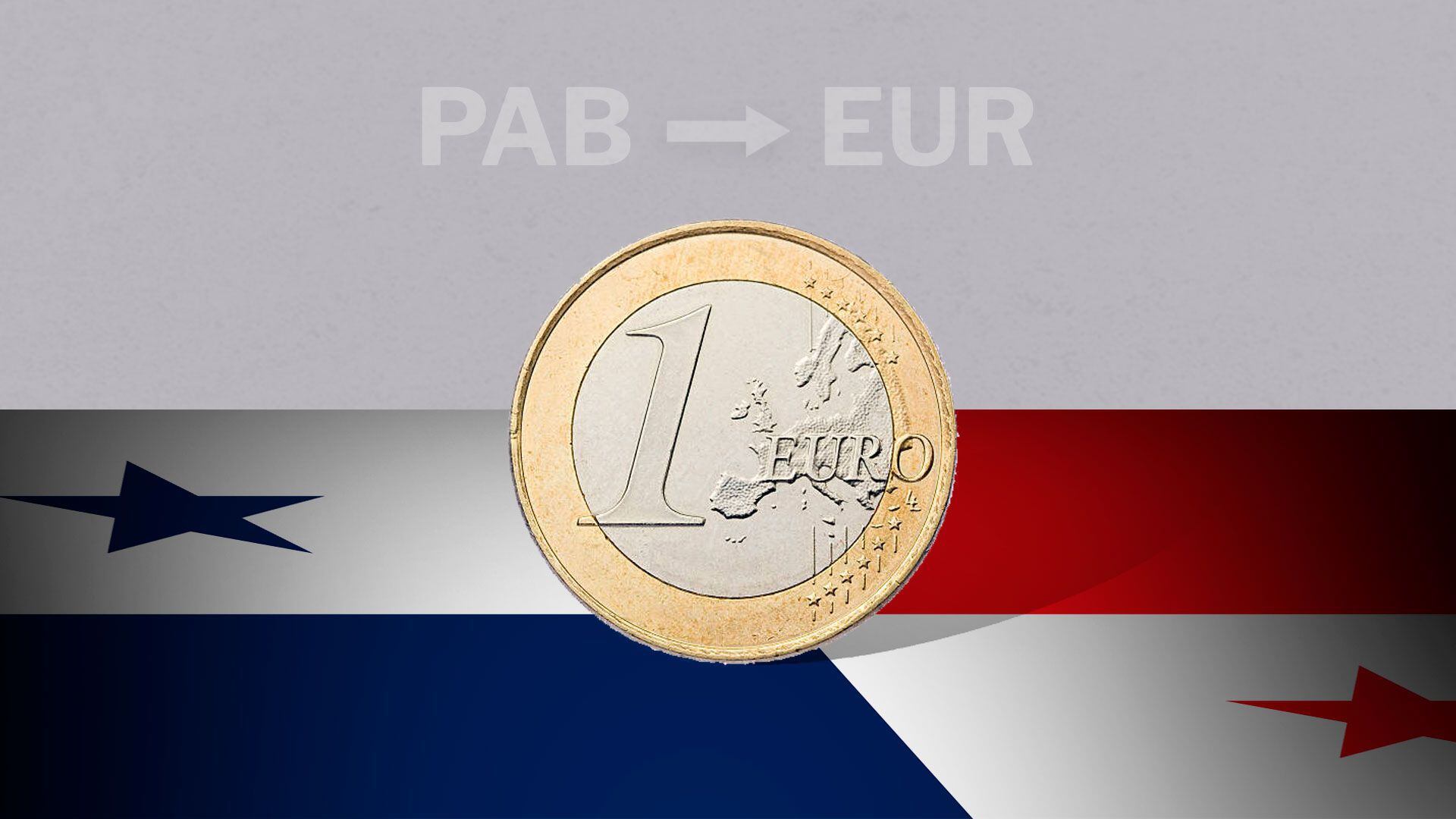Euro: opening price today, October 10 in Panama
[ad_1]

Today the euro is quoted in the session from today to 1.06 balboas on averageso that it represented a change of 3.17% when compared to the figure from the previous session, when it was quoted at 1.03 balboas on average.
If we consider the data of the last seven days, the euro notes an increase in 2.98%; but for a year it still accumulates a decrease in 0.13%.
With respect to previous days, the meaning of the previous result changes, when a drop of 2.52% was recorded, showing in recent dates a lack of stability in the results. In reference to the volatility of the last week, it is noticeably higher than the numbers achieved for the last year (22.42%), so it presents greater variations than the general trend of the value.
In Panama, the legal tender is called the balboa. and the acronym PAB is used; It is divided into 100 cents and what characterizes it is that it is not independent money, but a local version of the US dollar.
The Panamanian government issues its own currencies in hundredths and balboas equivalent to dollars although these currencies are not accepted in the United States . This is not the only case, since the Tuvaluan and Kiribati dollars have the same relationship with the Australian dollar.
This link with the US dollar occurred in 1904 after the National Convention of Panama. Additionally, in 2010, the one balboa coin entered circulation, of which 40 million units were issued.
Panamanians did not receive this new currency well and accused its forced use to the detriment of the US bill, so the motto was called “Martinelli”in reference to Panamanian president Ricardo Martinelli, who promoted it.
An attempt was also made to produce coins of two and five balboas, but the project was later cancelled. Today there are coins of one and five hundredths in circulation; a tenth, a quarter and a half of a balboa, as well as one balboa.
According to the latest forecasts made by the Economic Commission for Latin America and the Caribbean (ECLAC), after there was progress in 2022 following the crisis due to the coronavirus pandemic, By 2023, a decline or exhaustion of the rebound effect is expected in recovery.
For this year, only 1.3% growth is expected for the region, as result of restrictive monetary policiesgreater limitations in fiscal spending, lower levels of consumption and investment, little ability to contain inflation and more.
According to ECLAC forecastsMexico would have a growth of 1.1% by 2023.
These will be the estimated growth for these nations of South America in 2023: Argentina (1%), Bolivia (3%), Brazil (1%); Chile (-0.9); Colombia (1.9%); Ecuador (2%); Paraguay (4%); Peru (2.2%); Uruguay (3%); Venezuela (5%).
For the area of Central America there are: Costa Rica (2.8%), Cuba (1.8%); El Salvador (1.9%); Guatemala (3.3%); Haiti (0%); Honduras (3.3%); Nicaragua (2.1%); Panama (4.2%); and Dominican Republic (4.7%).
With regard to the region of Caribbean, the following growth is expected: Antigua and Barbuda (7.8%); Bahamas (4.1%); Barbados (3.5%); Belize (2.0); Dominica (3.5%); Grenada (3.6%); Jamaica (3%); Saint Vincent and the Grenadines (3.7%); Saint Lucia (5.9%); Suriname (2.4%); Trinidad and Tobago (2%).
[ad_2]
